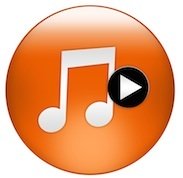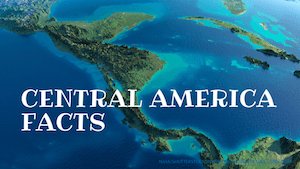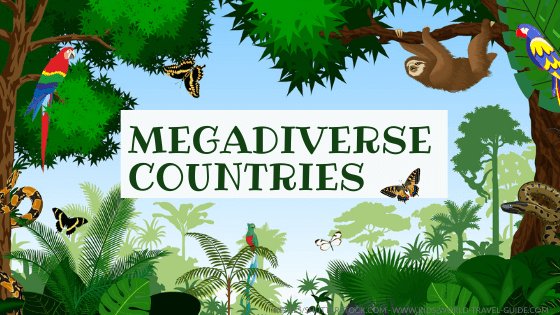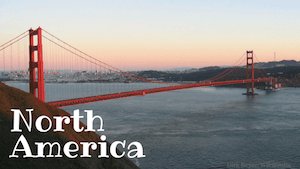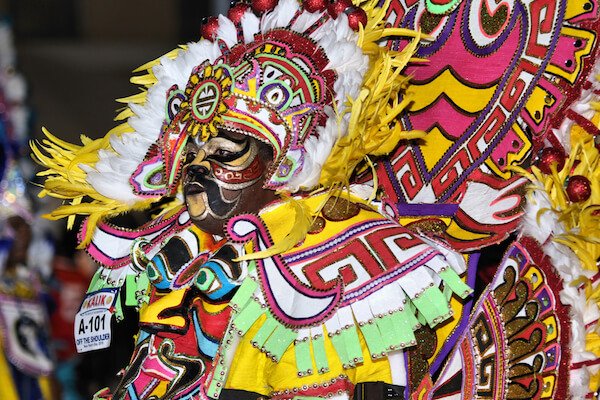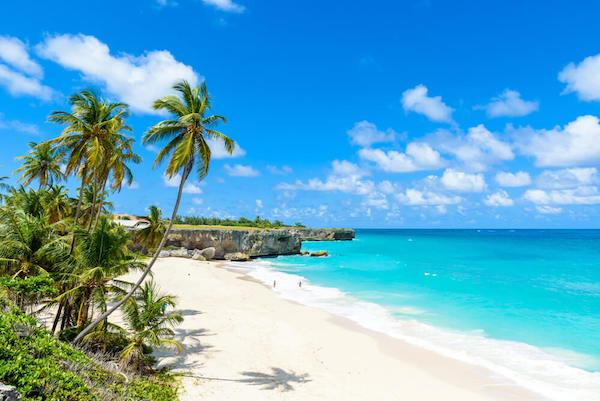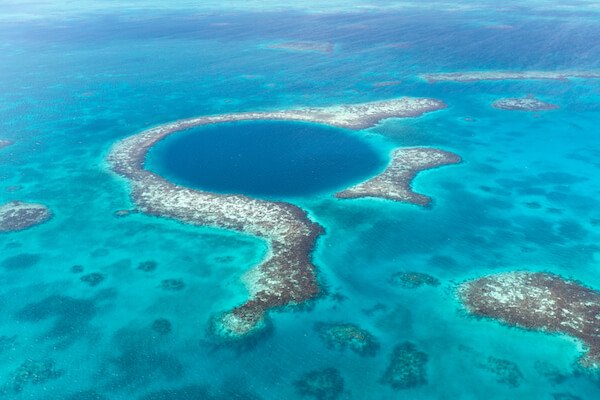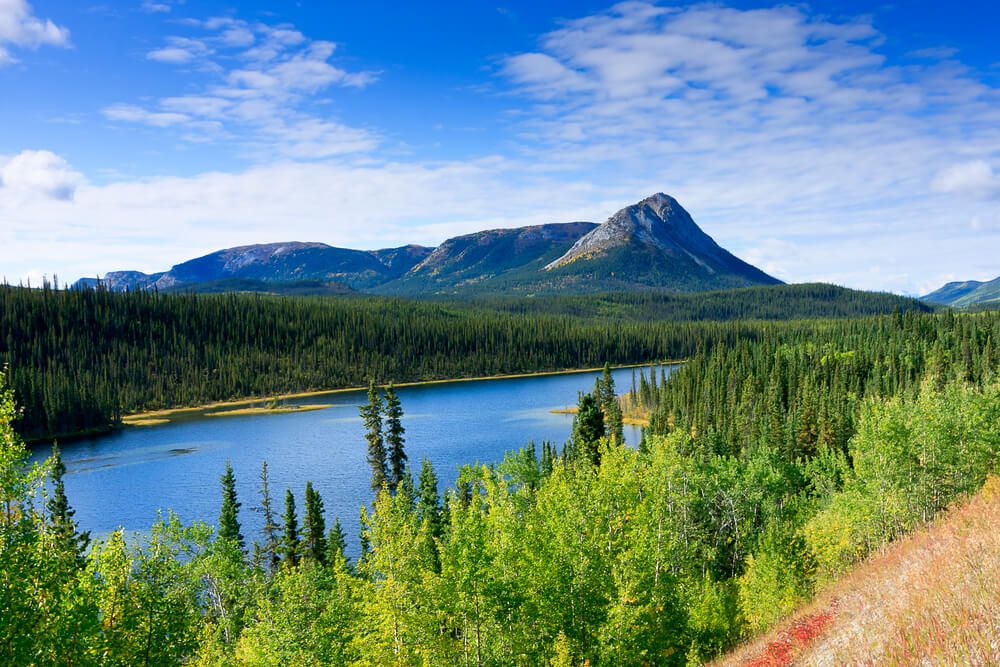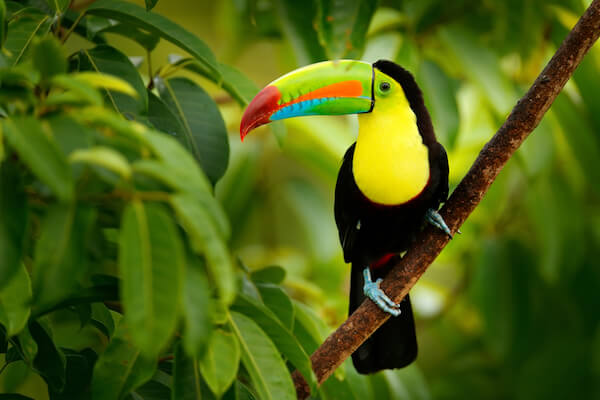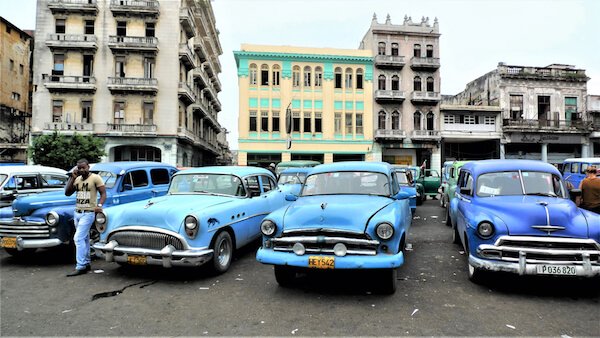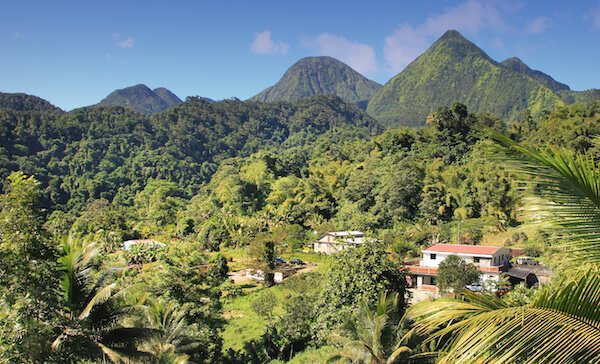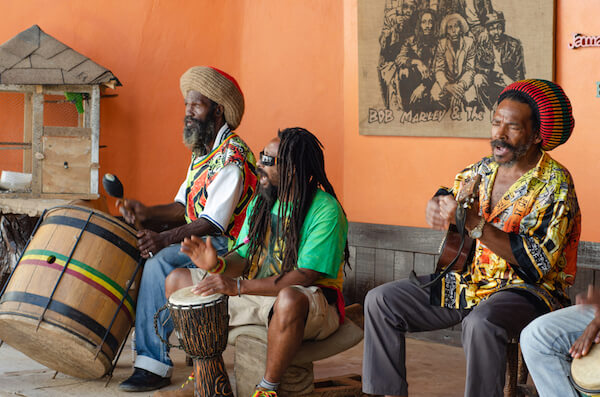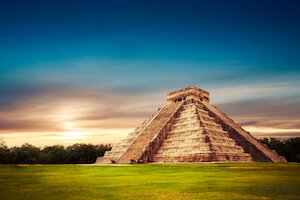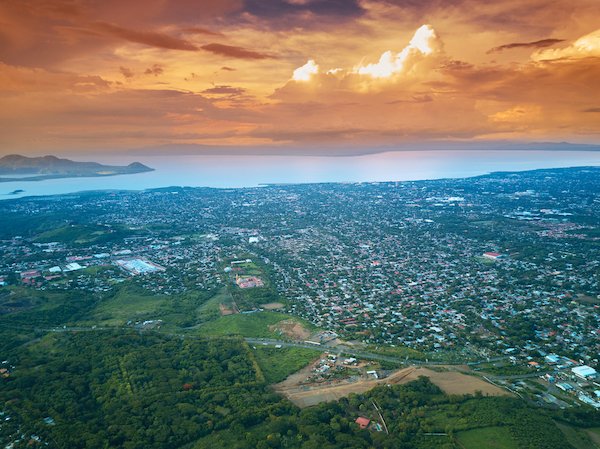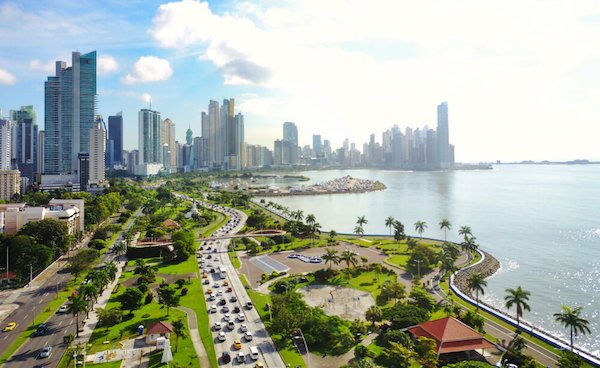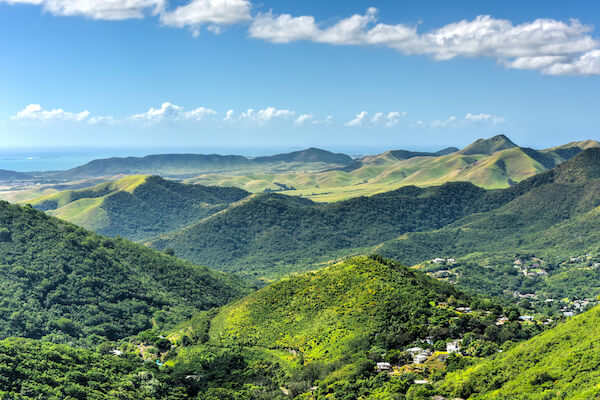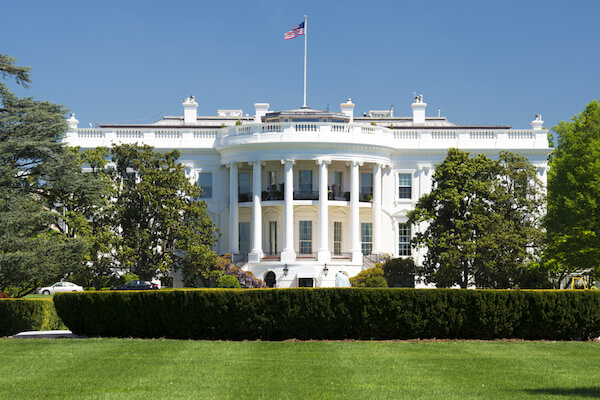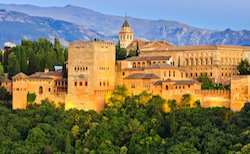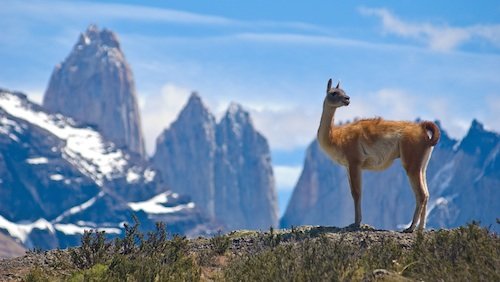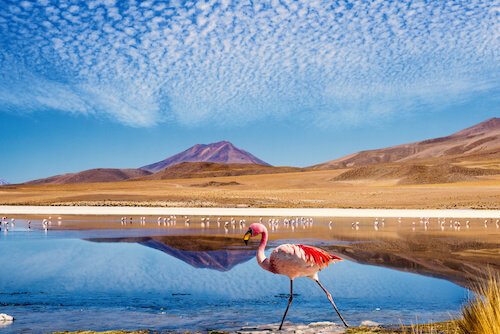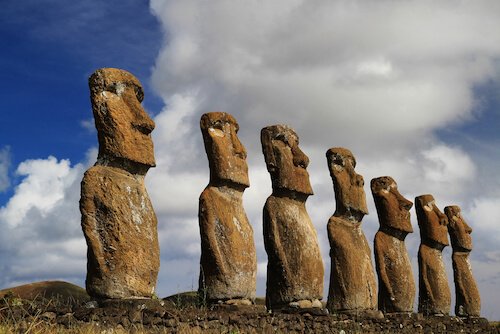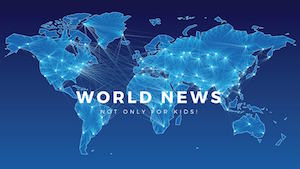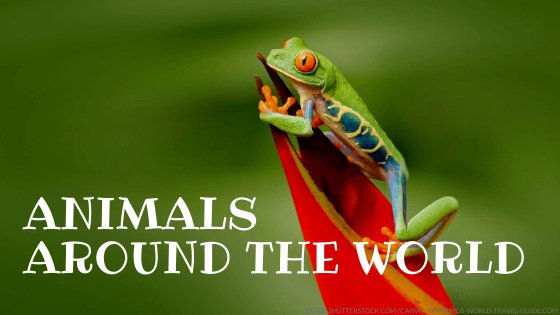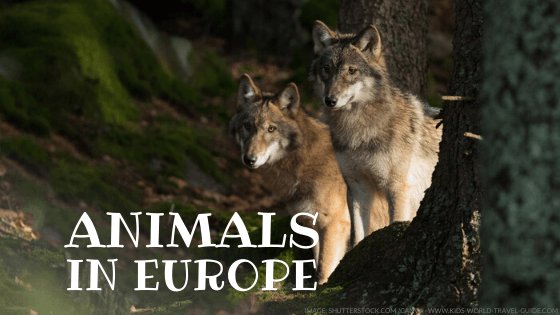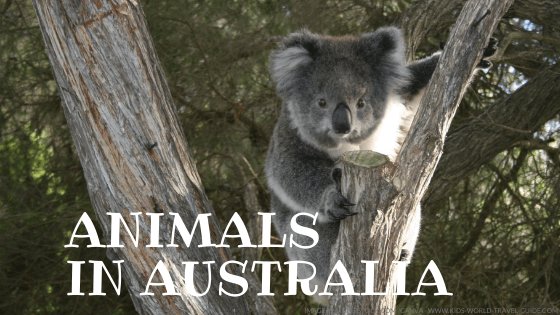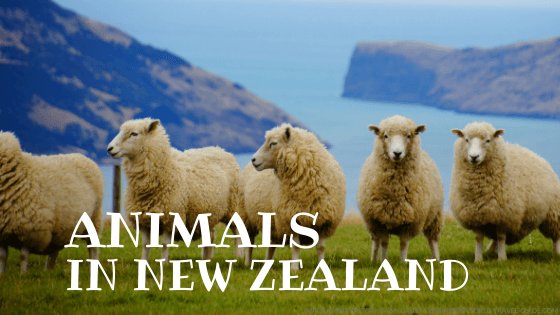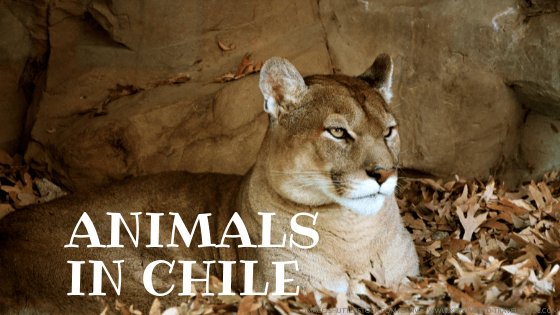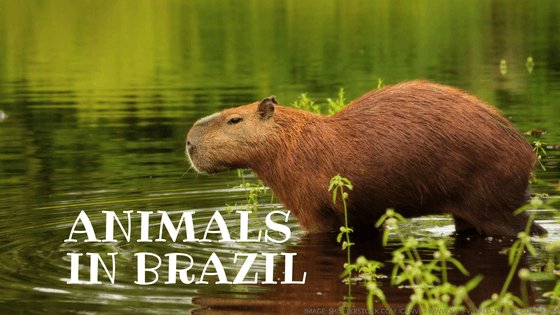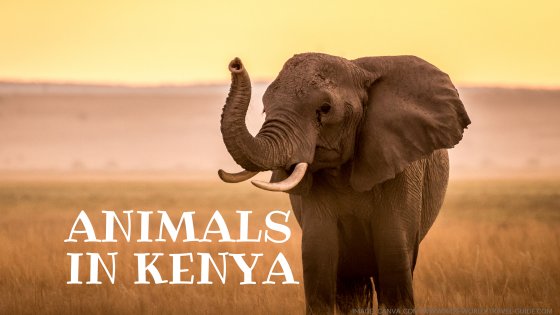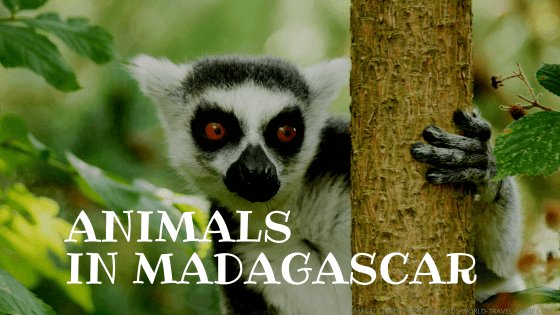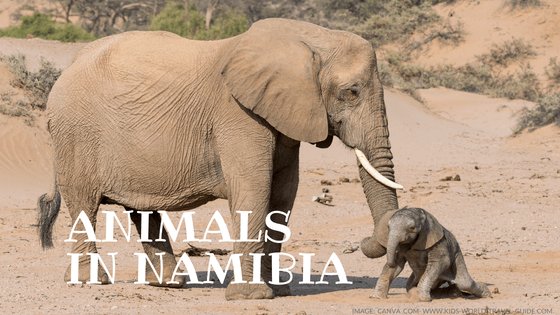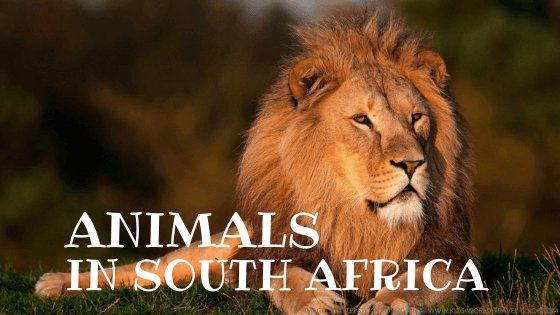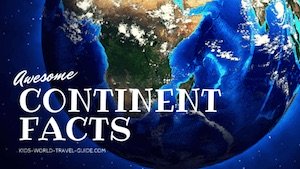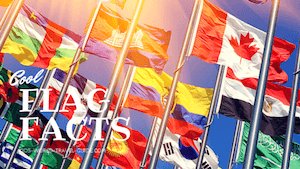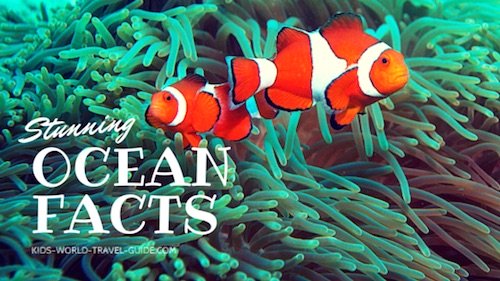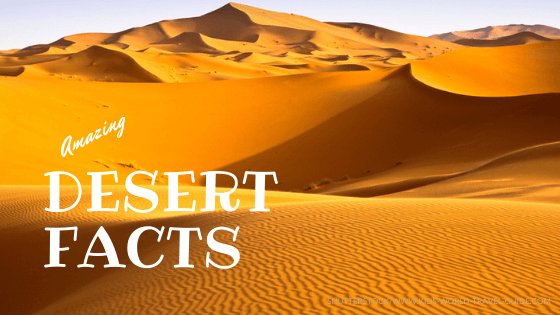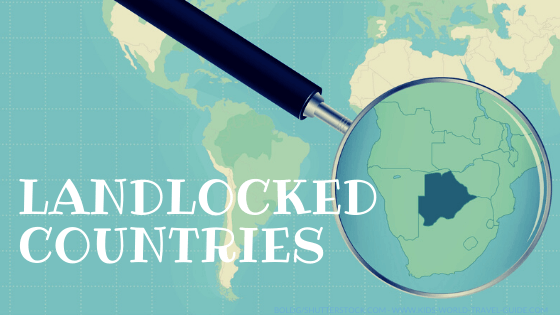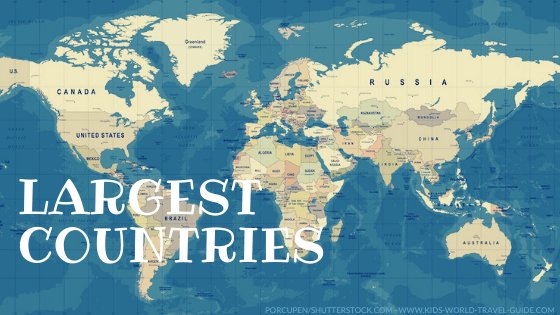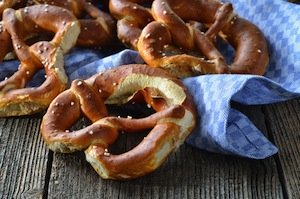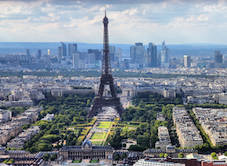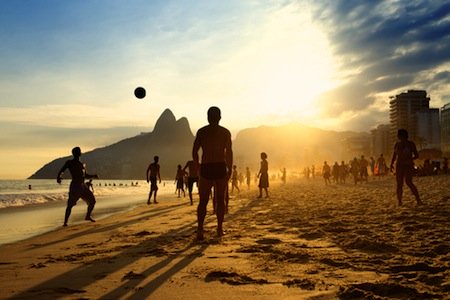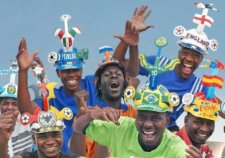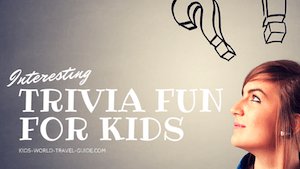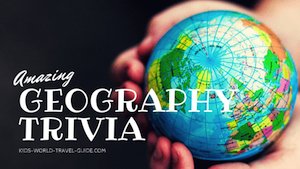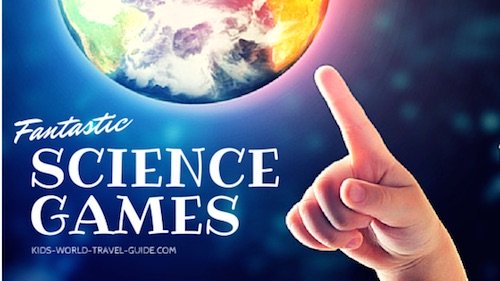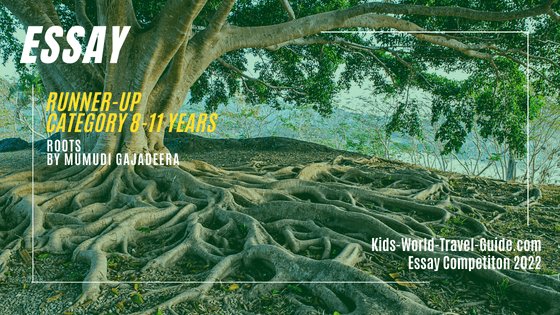- Homepage
- North America
- Honduras
Honduras Facts for Kids
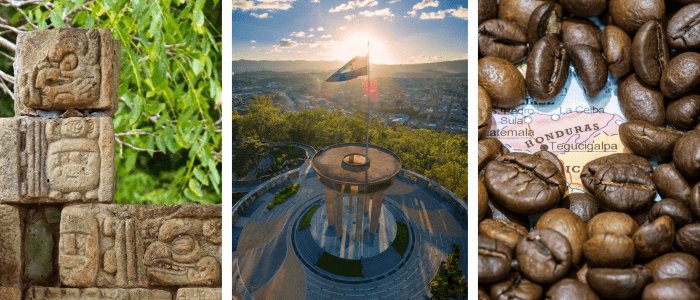 Honduras Facts for Kids: Copán ruins, Tegucigalpa, Coffee
Honduras Facts for Kids: Copán ruins, Tegucigalpa, CoffeeInteresting Honduras Facts
Here are some interesting Honduras Facts for Kids which were chosen and reseached by kids especially for kids.
Honduras for Kids
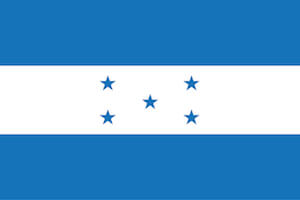 Flag of Honduras
Flag of Honduras- Continent: North America
- Name: Republic of Honduras; in Spanish: República de Honduras
- Population: 11 million people (2025)
- Capital: Tegucigalpa
- Official Language: Spanish
- Religion: Most Hondurans are Christians (85%)
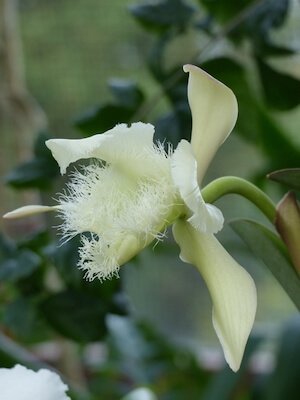 Orchid
Orchid- Currency: 1 Honduran lempira = 100 centavos
- National Colours: blue and white
- National Flag: The flag shows three equal horizontal stripes in blue, white and blue. The blue refers to the Oceans, while the white strip in between shows five blue stars that represent the Central American Union with Honduras as the central blue star.
- National Flower: Orchid
- National Bird: Scarlet Macaw
- National Day: 15 September
- History: Indigenous people, especially Mayan people settled around Copán a long time before the Europeans colonised the region. In 1502, Christopher Colombus reached the Bay Islands on his fourth voyage. Hernán Cortéz established the first Spanish colony in Tela in 1524. Honduras became independent only in 1821 and the country was amongst the first Central American countries that became independent. Honduras became independent from Spain together with Costa Rica and Nicaragua.
- President: Xiomara Castro is Hondura's first female president. She was elected in 2022.
Honduras Map
Where is Honduras?
Honduras is the fifth largest country on the North American continent - after Canada, the USA, Mexico and Nicaragua.
Honduras borders three countries: Guatemala to the west, El Salvador to the southwest and Nicaragua to the southeast.
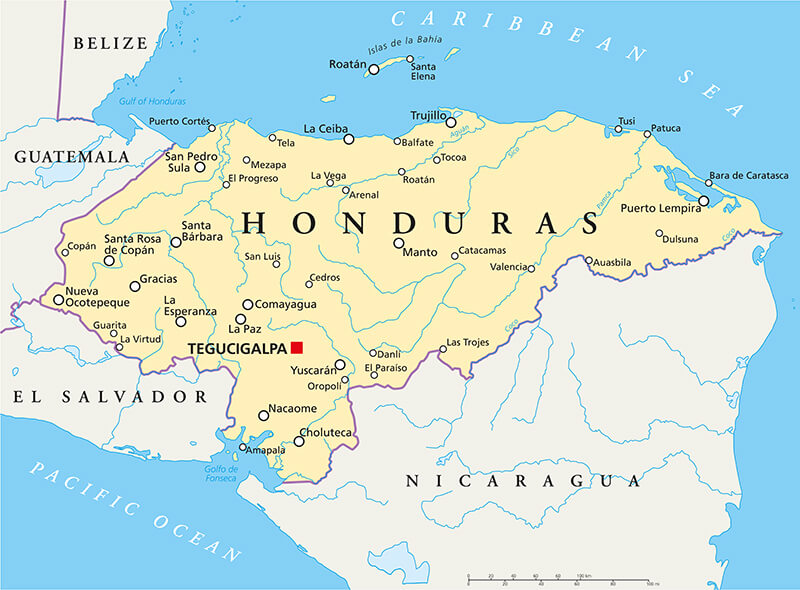 Map of Honduras
Map of HondurasHonduras is one of the seven countries belonging to the Central American region. Honduras has a Pacific Ocean and an Atlantic Ocean coastline. The Pacific Ocean with the Gulf of Fonseca is in the country’s South and the Atlantic Ocean’s Caribbean Sea with many tropical islands is located in the country's North.
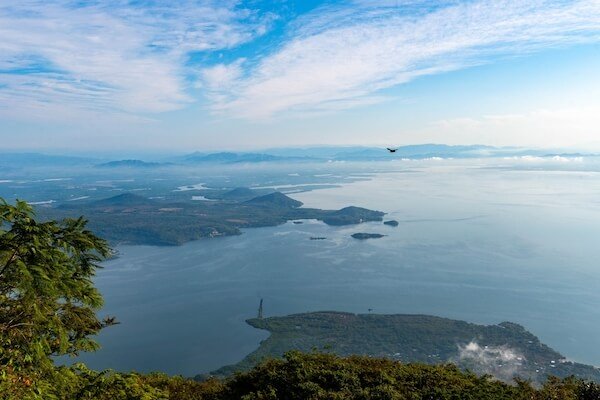 Gulf of Fonseca
Gulf of FonsecaThe longer coastline is along the Caribbean Sea of the Atlantic Ocean stretching over about 700 km/ 430 miles.
The capital city Tegucigalpa is located centrally in the country at an elevation of 990 m/ 3,250 ft.
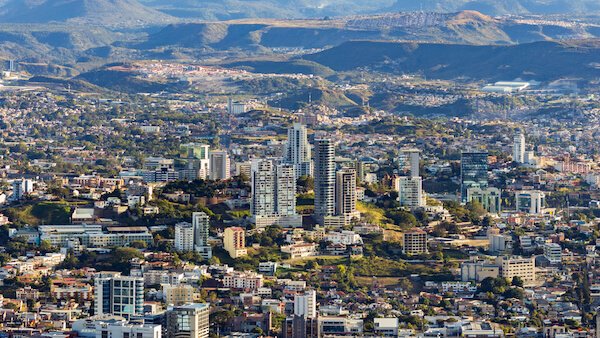 Tegucigalpa
TegucigalpaThe name 'Honduras' originates from the Spanish word for "depths" and refers to the bay where the first explorers anchored when they reached the coast for the first time.
Honduras has a triangular shape and is about as big in land area as Benin in Africa or is slightly larger in area than the state of Tennessee/ USA. Honduras would fit four times into Spain.
Honduras Facts | Honduras Geography for Kids
The landscape of Honduras is dominated by mountains and narrow plains along the coastlines. The Coco River separates Honduras from Nicaragua.
Honduras is known for its rain forest and also for its cloud forests. The country is rich in biodiversity and especially the Moskitia wetlands system, the Rio Plátano Biosphere Reserve and the Golf of Fonseca are known for their flora and fauna but Honduras is not one of the so-called megadiverse countries.
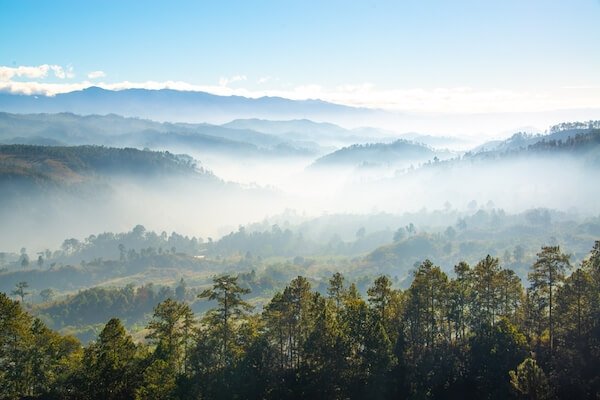 Cloud forest in Honduras
Cloud forest in HondurasHonduras has three distinct regions, in the North are the Caribbean plains and lowlands, then in the middle are the central highlands and the Pacific coast's lowlands are located in the South.
More Honduras Geo Superlatives
- The highest mountain peak of Honduras is the peak of Cerro Las Minas at 2,870 m/ 9,420 ft.
- The largest and most populous island of Honduras is Roatan, which is located about 65km/ 40 miles off the Caribbean coastline.
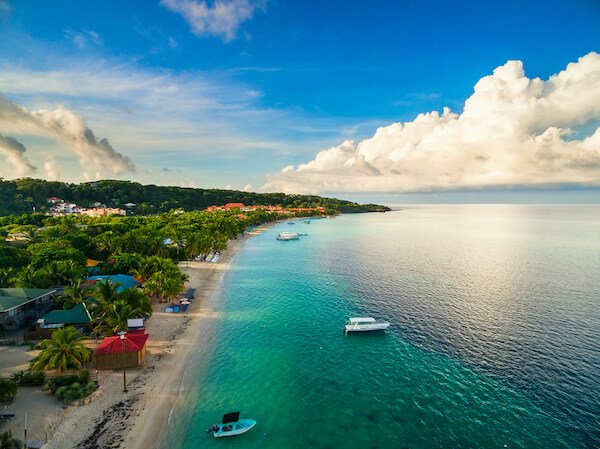 Roatan island
Roatan island- The longest river of Honduras is the Coco River, or Rio Coco as the locals call it in Spanish.
- Puerto Cortes is Honduras' largest port while San Pedro Sula is the second largest city and industrial capital of the country.
- Honduras' largest lake is Lake Yojoa. This lake is the largest source of fresh water in the country but sadly this lake is badly polluted by mining activities.
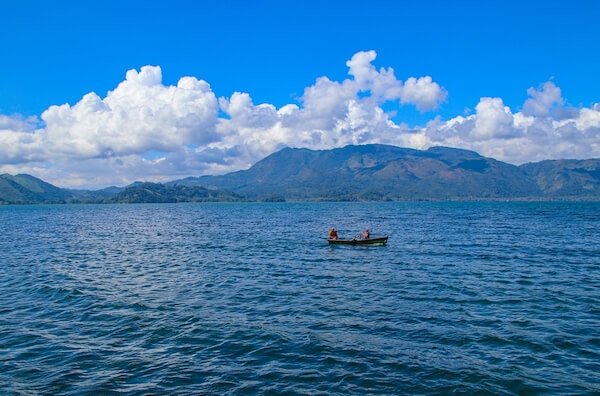 Lago Yojoa - image by Omri Eliyahu/shutterstock.com
Lago Yojoa - image by Omri Eliyahu/shutterstock.comHonduras Facts
Honduras Landmarks for Kids
Honduras houses many fascinating landmarks and the country offers popular attractions in Central America. Here are some of most important landmarks of Honduras:
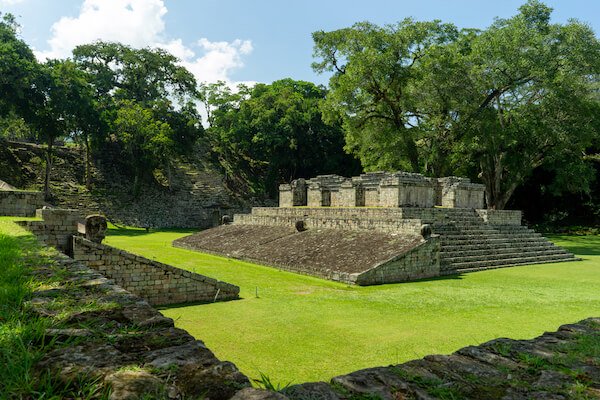 Mayan Ruins of Copán in Honduras - UNESCO world heritage site
Mayan Ruins of Copán in Honduras - UNESCO world heritage site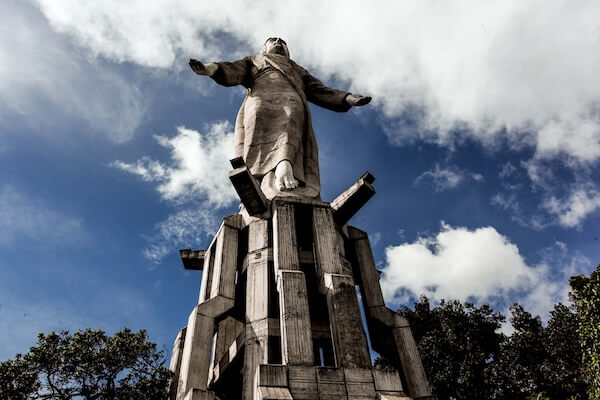 Christ Statue on the Hill El Picacho in Tegucigalpa
Christ Statue on the Hill El Picacho in Tegucigalpa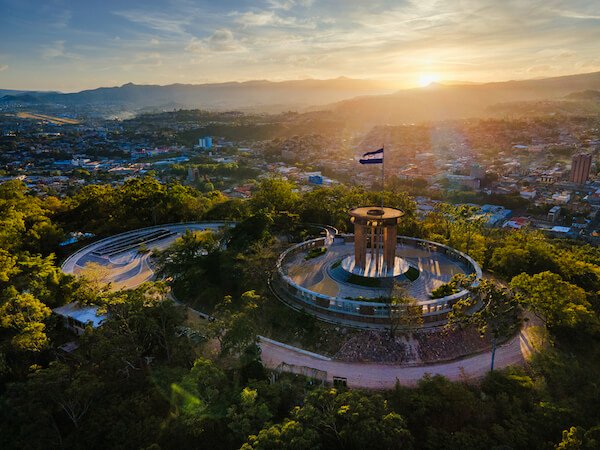 Tegucigalpa's Peace Monument
Tegucigalpa's Peace Monument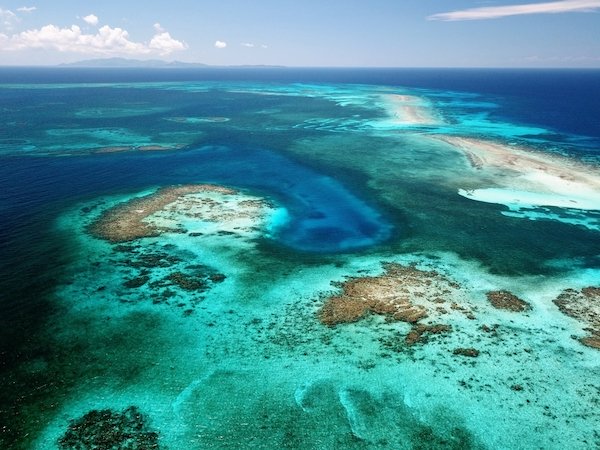 Bay Islands in the Caribbean Sea off the Honduras coastline
Bay Islands in the Caribbean Sea off the Honduras coastline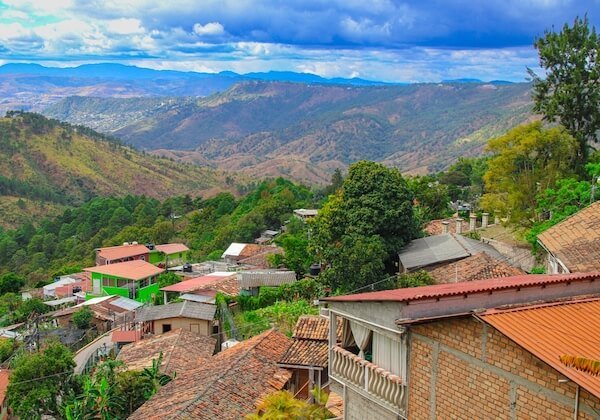 Village of Santa Lucia in central Honduras
Village of Santa Lucia in central Honduras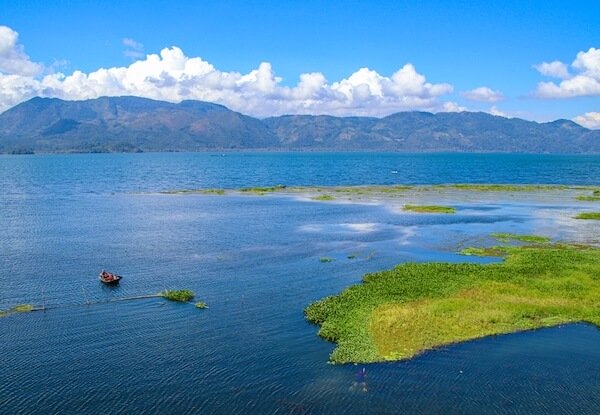 Lake Yojoa - image by Omri Eliyahu
Lake Yojoa - image by Omri EliyahuHonduras Facts for Kids |
Honduran people
The official language in Honduras is Spanish though Hondurans also speak Bay Islands Creole and some indigenous languages. The most spoken indigenous languages are Garifuna and Miskito.
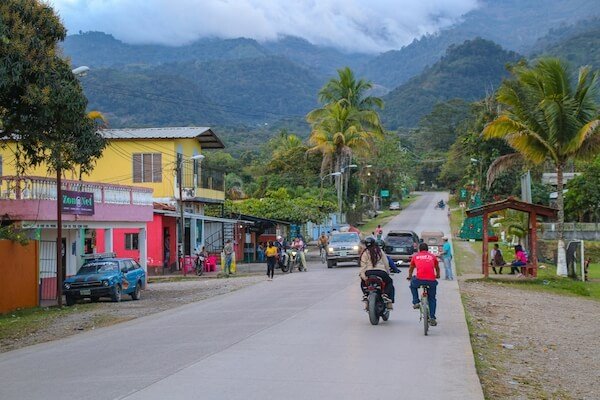 People in Honduran village - image by Omri Eliyahu
People in Honduran village - image by Omri EliyahuMost people in Honduras live in rural areas, especially in the mountainous region of eastern Honduras. The Rio Ulua valley is the most densely populated part of the country.
The capital city is Tegucigalpa with 1 million inhabitants. Tegucigalpa is the largest city in the country. Other large cities of Honduras are San Pedro Sula with 600,000 inhabitants, La Ceiba and Choloma, both with under 200,000 inhabitants.
The favourite sport of Hondurans is soccer or football but baseball is a popular sport too. Although the country has some great sportsmanship, Honduras still has to win a medal in the Olympics.
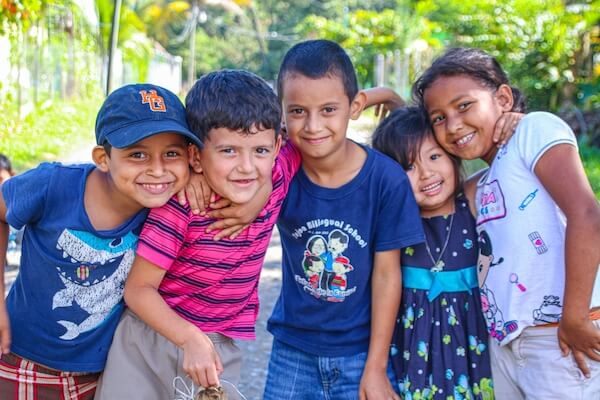 Children in Honduras - image by Omri Eliyahu
Children in Honduras - image by Omri EliyahuAmong the most popular annual events are the religious festivities of Christmas and Easter but also Día del Niño, which means Children’s Day, which is celebrated annually on 10 September.
Honduras Facts for Kids
Honduras Economy
Honduras is the fourth poorest country in the Western Hemisphere - after Haiti, Nicaragua and Guyana. Deforestation or forest clearance which leads to soil erosion and soil degradation is a huge issue in Honduras.
The economy of Honduras is based on agriculture and mining activities. Honduras is rich in natural resources that include minerals such as gold, silver, iron ore, zinc and copper.
Coffee is the main agricultural product. Honduras is one of the largest producers of coffee in the world.
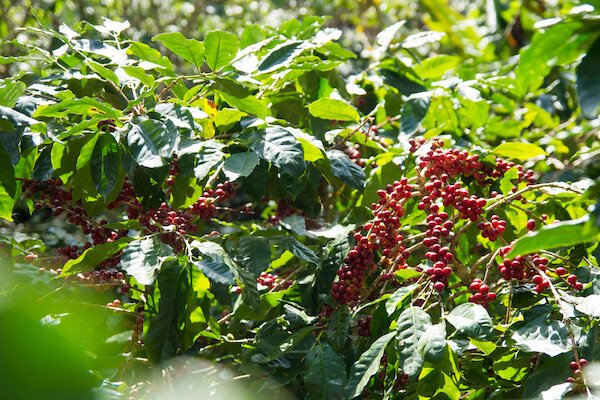 Coffee plantation with red and ripe coffee cherries
Coffee plantation with red and ripe coffee cherriesTropical fruits, such as cantaloupe melons, bananas and oranges as well as sugarcane are also important crops.
Important trading partners of Honduras are the USA, China, Guatemala, Nicaragua and El Salvador.
Food in Honduras
Tropical fruits such as bananas, pineapples, papaya or passion fruit are prepared with many Honduran dishes.
Typical Honduran foods include beans, tamales, baleadas and tortillas.
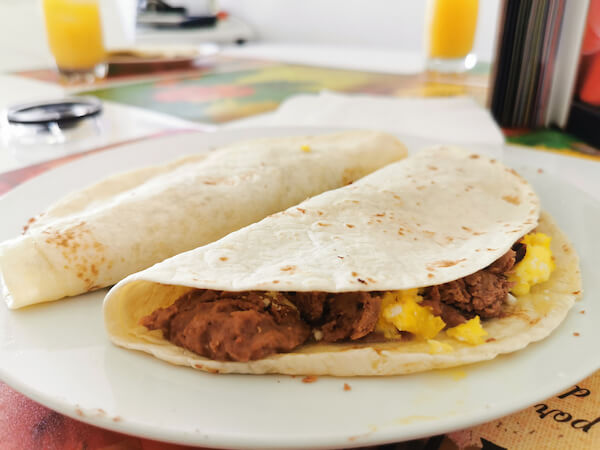 Baleadas - typical Honduran wrap
Baleadas - typical Honduran wrapTraditional Honduran dishes are:
- Baleadas: folded soft tortilla pockets or "sandwiches" filled with cheese, beans and avocado or sliced meat
- Tamales: Cornmeal wraps with a variety of fillings that are steamed or boiled in plantain leaves
- Sopa de Caracol: this soup is made with coconut milk, lots of spices and conch, a sea snail with tender meat.
- Anafre: creamy bean dip made with refried beans and local cheese, usually served with tortilla chips
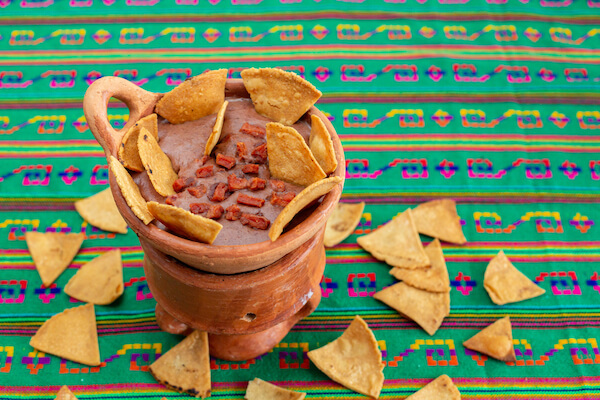 Anafre - traditional snack in Honduras
Anafre - traditional snack in Honduras- Tajadas: fried green banana chips
- Rosaquillas: small deep-fried donuts made with cornmeal and cheese
- Pollo chuco: deep-fried chicken strips that have been marinated with local spices
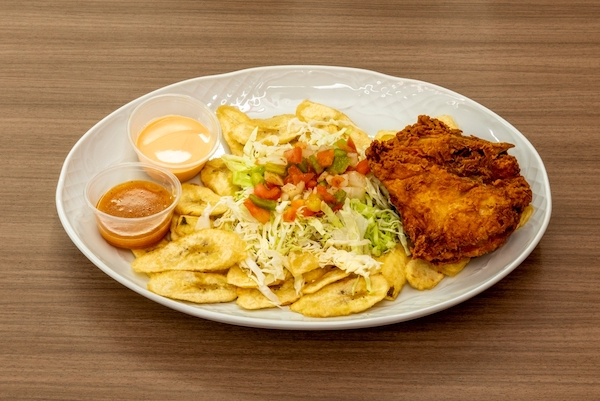 Pollo chuco
Pollo chucoHonduras Facts | Animals in Honduras
Honduras is one of the highly diverse countries as the country houses over 250 species of reptiles or amphibians and 110 mammal species, of which half are bats. Bats are the only mammals that fly!
Other mammals that live in Honduras include anteaters, coyotes, porcupines, jaguars and tapirs. Honduras is also home to more than 700 bird species including toucans, hummingbirds, macaws and quetzals.
The scarlet macaw with its colourful feathers in red, yellow and blue is the national bird of Honduras.
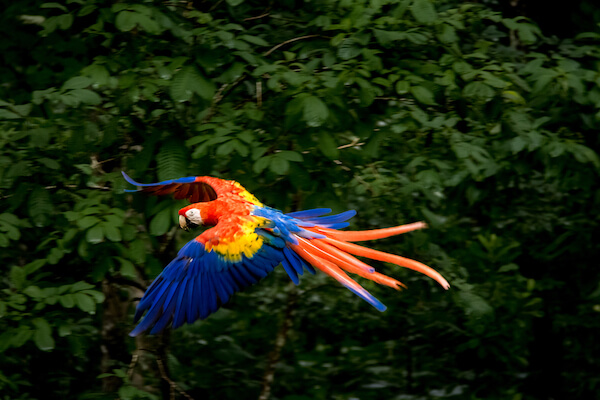 Scarlet Macaw
Scarlet MacawThe Mesoamerican Reef off the country's coast is the largest coral reef in the Western Hemisphere. More than 60 species of hard corals can be found here. Sea turtles swim and sometimes nest along the Honduran coast.
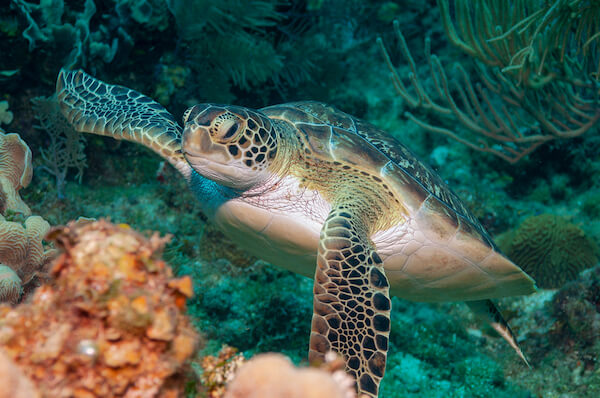 Hawksbill turtle in Roatan
Hawksbill turtle in Roatan***
We hope you enjoyed reading our Honduras Facts for Kids. Make sure to bookmark this page, as we plan to add on more information soon. Feel free to contact us if your school would like to work on a school project about Honduras (animals, food, people, traditions, games, sport etc.) with us.
Popular pages
Honduras Facts for Kids | Resources
- Central Intelligence Agency. "Honduras." WorldFactBook. Last updated 17 September 2025. Last accessed 26 September 2025
- Honduras Tourism. "Honduras Islands". HondurasTravel. Last accessed 26 September 2025
- UNESCO. "Maya Site of Copaán." WHC.UNESCO. Last accessed 26 September 2025
- DGB Group. "The Effects of Deforestation on Wildlife in Honduras." Green.earth. Last accessed 26 September 2025
- BlueGreenAtlas. "Geography of Honduras." BlueGreenAtlas. Last accessed 26 September 2025
Picture credits on Honduras Facts for Kids: Shutterstock.com, Children in Honduras - image by Omri Eliyahu, People in Honduras - image by Omri Eliyahu
Return from Honduras Facts to Kids World Travel Guide Homepage
Countries in
North America
Other countries where Spanish is an official language
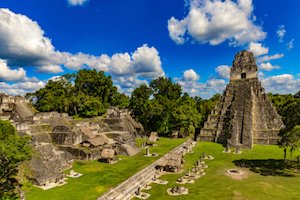 Guatemala
GuatemalaDid you like what you read?

|
Simply use the html code below. Copy and paste onto your website, blog or Facebook page: <a href="https://www.kids-world-travel-guide.com/honduras-facts.html">Kids World Travel Guide: Honduras Facts for Kids</a> |
